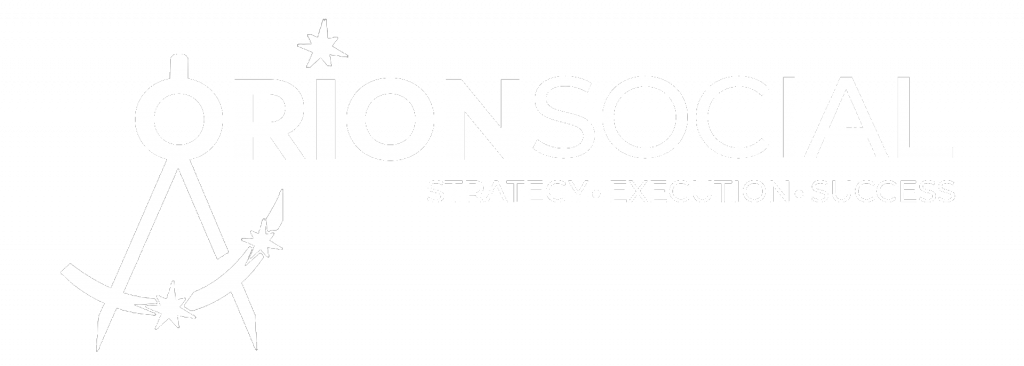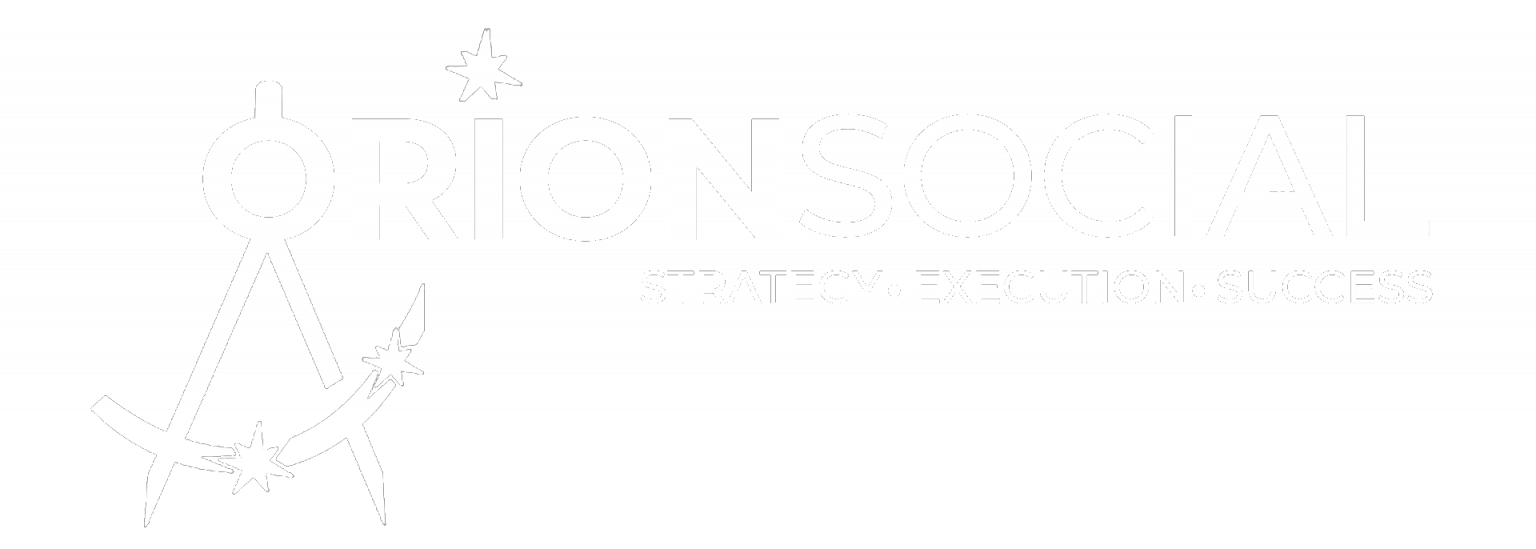This article outlines the five most important rules for writing and designing your webpages.
Your performance is every bit as important as your content. The best content in the business won’t ever be read if the presentation is so bad that nobody stays long enough to read it. If you maximize your website usability, your guests stay longer, read more, and you make more sales.
If the purpose of your website is to educate your readers and/or lead them to a specific action, (like buying something) then you should seriously consider following these design and writing conventions…
- Start Every Page With Your Most Important Content.
- Use Meaningful Link Text to Provide Information.
- Write Scannable Pages.
- Use Simple Website Designs.
- Use Clear, Consistent Website Navigation.
Start Every Page With Your Most Important Content.
People are impatient; they will scan your page and leave as soon as they get bored. Put your best, most important content near the head of the page.
Design your layout so that nothing puts your most important content down past the “page fold. That is your “First Real Estate” — don’t worthless. Large logos, unnecessary graphics, ambiguous headlines. All these things are a waste of your most valuable space.
Begin each page with a summary or a shortlist of page contents. Be special, and place the newest items at the top of the list or in a “What’s New” section.
Use Meaningful Link Text to Provide Information.
Web surfers decide in seconds whether or not your page is deserving reading. When you use bland, content-neutral words for your link text, you miss an important moment to provide information. (Also – visually broken web users often instruct their computer to read the link text aloud, “Click here” won’t help them.)
The words used in your anchor text should advise what the reader will find when they click on the link and help them decide to click or not.
* Bad: To learn about icebergs, click here. * Better:Icebergs* Best:Where icebergs come from.
You can make your joints even more informative by following them with a advertising:
Advertising,: Short Previews of Web Pages.
An “Advertising” is a short paragraph that gives a preview of the page at the other end of a link. You are reading a blurb now. If Advertising helps a reader decide to click the link, then it works.
Write Scannable Pages.
Offline, books and magazine articles are designed for persistent reading: You start at the beginning and read to the end.
Online text is not necessarily sequential – it relies upon mini chunks of text, which the reader often does not read in order. So each page of your website must make thought to a visitor who did not see the preceding page or just arrived from a search engine.
Meaningful, informative headers & subheadings, bulleted lists, and bold keywords all help readers scan the page fast and easily.
Use Simple Website Designs.
Your visitors didn’t come to see your excellent graphics. They came to find data about prices or availability, they’re looking for contact information or directions, or maybe they only want some technical details.
Unless your website is about cool graphic effects, I can guarantee that your visitors don’t care about your spinning logo or dancing unicorns, or even whether or not your menu buttons flash or change background images on a mouse-over.
Web-savvy visitors have ‘trained’ themselves to ignore ads. Anything that flashes, shimmers, flash or dances around will not get the attention that it deserves.
The more such things you put on your page, the harder your reader will have to work to find what they want. Too much of that and they are gone, never to repeat. Use images wisely. Every image on your page slows it down, sometimes a small, sometimes a lot.
- Use smaller images whenever possible.
- For big collections of images, use an index with thumbnails that they can click if they want to see the image
full size. - Use an image editor to reduce the file size of your images
See our “Using images in your webpages” part for more about all that.
Use clear, Consistent Website Navigation.
Next to pages that take forever to load (and pop-ups), the largest complaint that surfers have is hard to understand and/or inconsistent website navigation.
- Use the same list on all your pages.
- Use a logical link hierarchy, with related items together.
- Be clear with your link titles & descriptions.
- Use text links whenever possible.
- If you must use image links, use the alt=(link objective) element.
A website with more than ten or fifteen pages may not need a link from every page to every other page… you can link to each part from each page, but give each chapter its own “Table Of Contents”.
Every page should have a link to the home page and the site map. (If you have lower than ten pages, you may overlook a site map, but your home page should have a text link to every page for search engines.)
View our “Menu Design Tips” page for much data.
Following these five simple guidelines will help your website be a success. With faster-loading pages and easy to find details, people will read more of your content and are more likely to take the action that you want them to.

